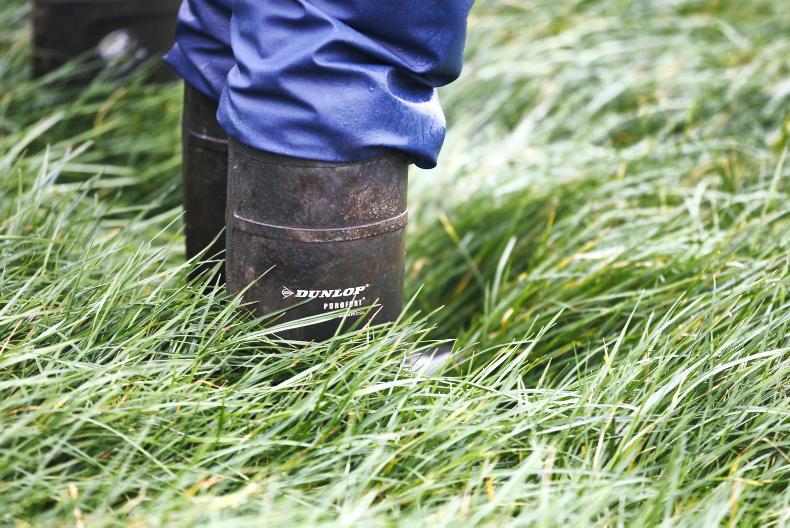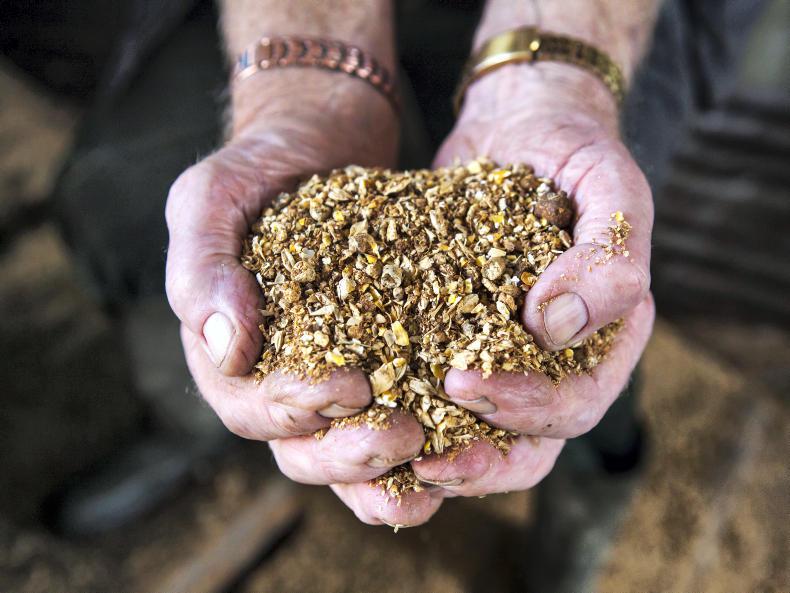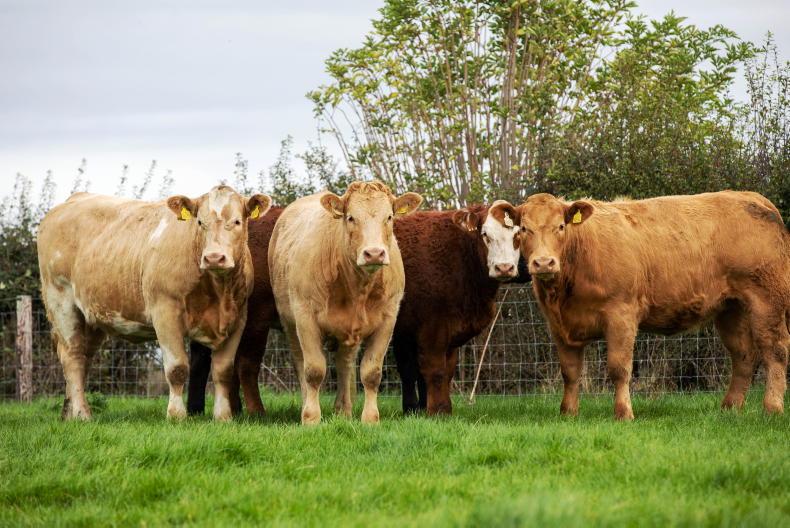Dare I tempt fate, but on farms with heavy covers, this could be a good opportunity to graze them off and get them growing again. The weather could be better now than it will be in mid-march – and more than likely they will be housed again before permanent turnout, but that’s fine. Grazing this grass will leave more options for slurry, and it might also reduce stocking pressure in sheds, which can get high as cows and young calves start to use up dry bedded houses.
Autumn-born calves are perfect stock to graze outdoors in daylight hours, which has been shown to reduce health issues on BETTER farms. Slurry is moving fast in the south, and farmers in the north west are gearing up for next Wednesday 1 February, when the closed spreading period ends. Aim to spread slurry on areas of the farm that are low in P and K, with low covers of grass and silage fields, as silage crops remove the most P and K each year.
BDGP Compliance:
An important point to remember regarding BDGP is that where a farm uses 100% AI, 80% of the AI bulls that are used on the farm must be genotyped four or five star on either the terminal index or the replacement index within or across breed. That means that if the bull has four or five stars in any of the top four boxes on the AI catalogue, it’s eligible to use.
Calves:
This week’s focus supplement is on calves and calf rearing. Some farmers are contemplating a system switch to dairy calf to beef; however, margins need to be looked at closely. While dairy-X calves are cheap to get into, they can be expensive to bring to finish. Margins are tight and efficiency levels need to be high. Do the sums before purchase and see what you can afford to pay for a calf. Current calf prices seem high for a beef farmer to make any money. See our calf Focus section.
Good handling facilities needed:
At our Balla Suckler event vet TJ Heneghan emphasised the importance of the fact that more good handling facilities are needed for restraining a calving cow on beef farms. His strong message was that if you are using a calving jack you need to make sure the pull is even and that you are not pulling one side of the calf more than the other. His other strong point was to wait until the cow forces to work the jack. If the calf has taken in fluids, he suggested it might be beneficial to hang the calf over the gate or to shock it with cold water. He warned not to use too much cold water to revive a calf if it is a bit sluggish and often a prick of straw in the nose or ear of the calf can work wonders to stimulate a response. It goes without saying to keep gloves clean when handling the cow and newborn calf. The next event is scheduled for Raphoe mart next Wednesday at 7pm. Other demos will be held in Ennis on 8 February and Carrigallen on 9 February.










SHARING OPTIONS